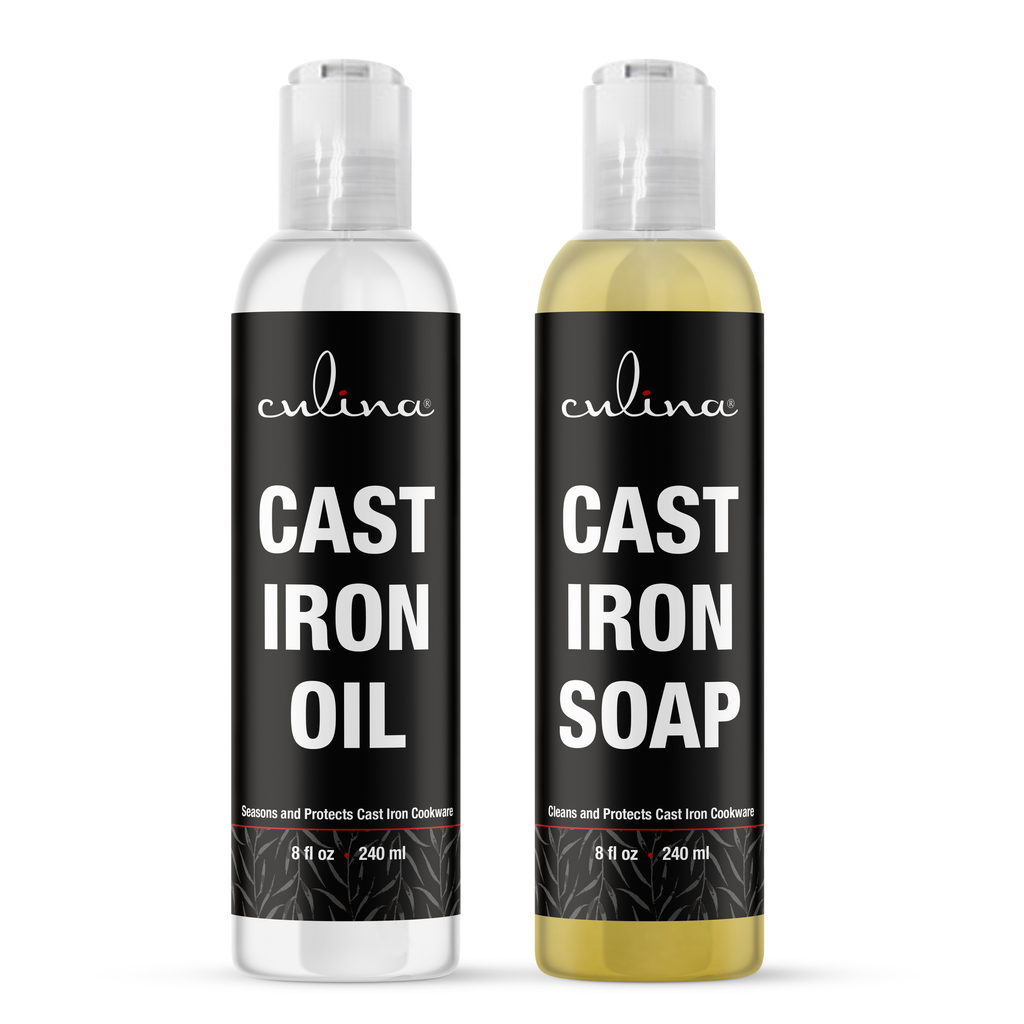How to Clean Your Kitchen Sink Drain Pipe Effortlessly?
Keeping a pristine kitchen sink is essential for both hygiene and aesthetics, especially for beauticians who often work in environments where cleanliness is crucial. The task of **cleaning your kitchen sink drain pipe** can seem daunting, but with the right techniques and tools, it can be accomplished quickly and efficiently. In this guide, we will delve into effective methods to tackle this essential kitchen chore.
Understanding how to effectively maintain your kitchen sink can improve the functionality of your workspace. A clean drain pipe prevents unpleasant odors, clogs, and helps in ensuring that the sink drainage operates smoothly. Let's get started on this journey to a cleaner kitchen!

Why is it Important to Clean Your Kitchen Sink Drain Pipe?
Regular maintenance of your kitchen sink drain pipe is not just a matter of convenience; it plays a critical role in maintaining a cleaner space. Here are a few reasons:
- Odor Control: Over time, food particles, grease, and organic matter can accumulate in your drain, leading to unpleasant smells.
- Preventing Clogs: Regular cleaning helps prevent blockages caused by accumulated waste.
- Health Safety: A clean drain minimizes the risk of bacteria and pests reproducing in your kitchen.

Effective Tools for Cleaning a Kitchen Sink Drain Pipe
Before diving into the cleaning techniques, gather the necessary tools. You will need:
- Plumbers Snake: A flexible tool to remove stubborn clogs.
- Mix of Baking Soda and Vinegar: An eco-friendly method to clean and deodorize.
- Hot Water: To flush out debris.
- Brush or Sponge: For scrubbing any remaining grime.
Step-by-Step Process on How to Clean a Kitchen Sink Drain Pipe
Step 1: Clear Out the Sink
Start by removing any visible debris from the sink's surface. This ensures that larger particles don't interfere with the cleaning process.
Step 2: Use Baking Soda and Vinegar
One of the best methods to **clean kitchen sink drain pipes** is using a mixture of baking soda and vinegar. Here's how:
- Pour a cup of baking soda straight into the drain.
- Follow it up with a cup of vinegar. You will notice it begins to fizzthis is normal!
- Let it sit for about 30 minutes.
- Afterward, flush the drain with hot water.
Step 3: Snaking the Drain
If your drain is still clogged, it's time to use a plumber's snake. Insert the snake into the drain and twist as you push it further down. Pull out any debris that it catches. Repeat until the drain runs smoothly.
Step 4: Final Rinse
Flush the drain again with hot water to ensure all remnants of cleaner and dislodged debris are washed away.

Maintaining a Cleaner Sink Drain Pipe
After successfully cleaning your sink, it's vital to keep it sanitary for future use. Here are a few tips:
- Run hot water down the drain after each use to minimize grease buildup.
- Avoid putting items down the drain that can contribute to clogs, such as coffee grounds or fibrous foods.
Additional Resources
If you're looking for more tips on maintaining a clean kitchen, consider checking out cleaning with baking soda or learn how to clean kitchen tile grout. You can also find helpful insights on cleaning a commercial kitchen for a more extensive approach.
Frequently Asked Questions
1. How often should I clean my kitchen sink drain pipe?
Its recommended to perform a deep clean at least once a month to avoid buildup.
2. Can I use chemical cleaners instead of natural methods?
While chemical cleaners can be effective, they may harm your pipes over time. Natural methods are safer and often just as effective.
3. What should I do if my drain is clogged even after cleaning?
If you're still experiencing clogs after your cleaning efforts, it may be time to call in a professional plumber.
As an Amazon Associate, I earn from qualifying purchases.

